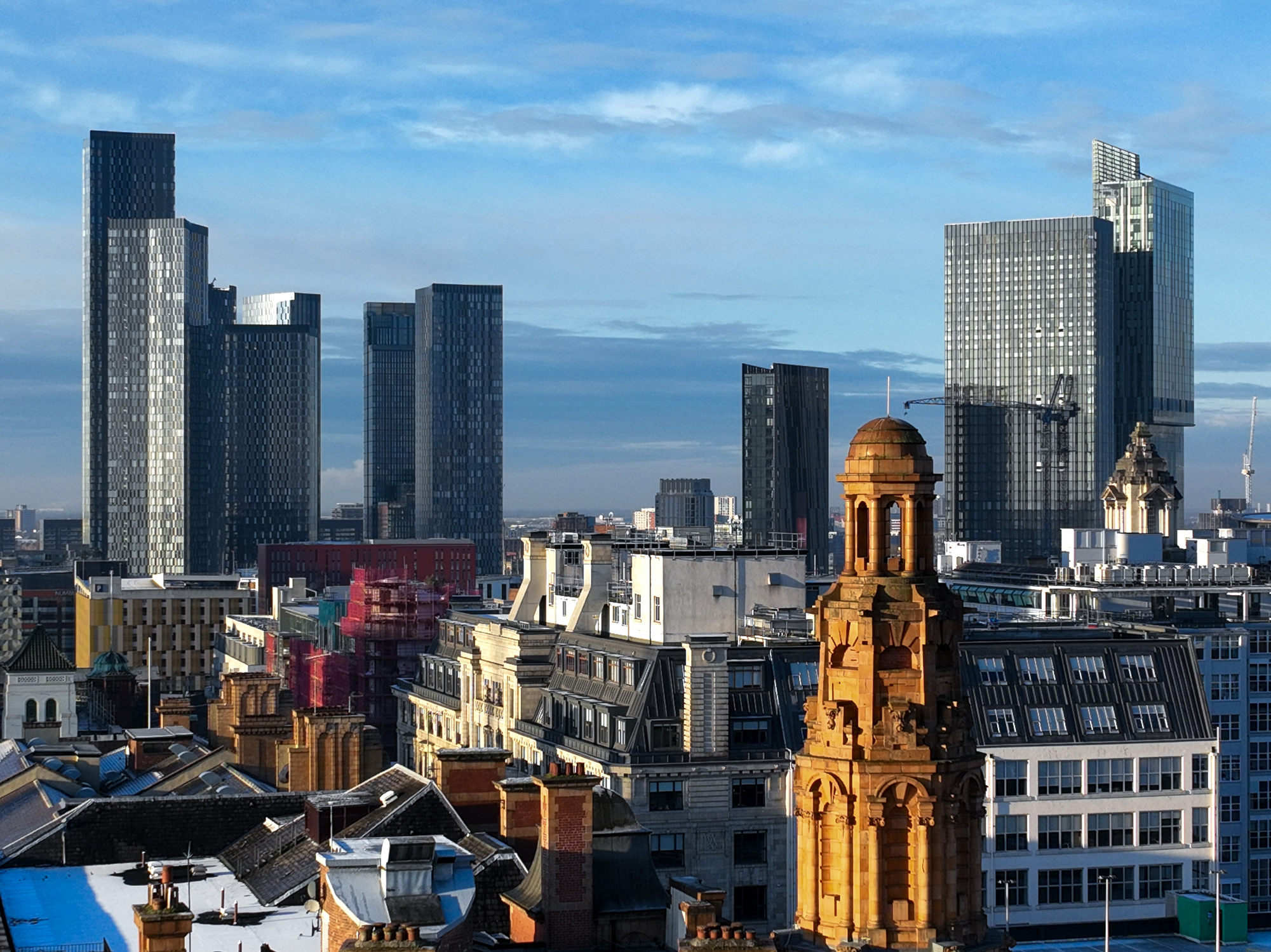
For the past 10 years, UCL’s Building Stock Lab has been working on creating an inventory of every building in Great Britain. The database links over 20 existing and new datasets to develop a detailed geospatial, 3D, digital representation of each building, along with their energy use. It’s important work because buildings are responsible for 30% of greenhouse gas emissions in the country. If we are to reach net zero by 2050, emissions for all buildings will have to be all but eliminated.
The data on non-domestic buildings is being verified and quality-assured through telephone surveys conducted by Winning Moves and site audits conducted by our partner Verco.
The first phase of the research was recently completed, and the results have been published by the Department of Energy Security and Net Zero, which can be found at this link.
Overall, the results demonstrated valuable progress in the understanding of the non-domestic building stock – highlighting the complexity of the stock and challenges shared by many businesses.
This first phase focused on the hospitality sector and included three primary activities:
- A three-dimensional model which helped to derive floor area for each building, and to which annualised energy meter data of every meter in the country could be connected
- Analysis of previously unreleased Energy Performance Certificate data
- A survey methodology designed to collect more detailed information on buildings and their characteristics to complement the database.
As part of this phase of the work, an analysis of large premises not connected to the gas grid was also undertaken which included remote and onsite surveys, as well as detailed zero-carbon audits.
The new insights from phase one will be expanded in the second phase of research to examine the entire building stock. Below we share a few of the highlights:
Composition
- 94% of non-domestic premises are smaller than 1000m2
- More than 30% of premises in the health and hospitality sectors were built before 1900, while more than 20% of premises in the utilities sector were built in the last 25 years
- There is a complex mix of fabric and construction types across non-domestic building stock
- Defence, transport and shops have large proportions of buildings with construction types that are harder to retrofit
Complexity
- 48% of all non-domestic buildings share a building with other non-domestic premises
- A further 23% share a building with domestic premises
Heritage Status
- 50% or more of premises in the office, hospitality, and shop classes, are either in a conservation area or in a listed building
- Heritage status is an important limitation for businesses considering decarbonisation efforts
Energy Consumption
- Six sectors account for 85% of total non-domestic energy consumption (factory, shop, hospitality, education, office, warehouse)
- The highest median energy use (kWh/m2/year) are found in the utilities, hospitality, and emergency sectors
Hospitality Sector
- The study employed the first mathematical estimation of missing floor area in the hospitality sector using a combination of EPC data and geometric models
- This method allowed floor area to be derived for 94% of premises in the sector – a fourfold increase compared to other datasets
Surveys
Remote surveys along with on-site audits were used to create a more detailed understanding of premises and energy use within the Hospitality sector and premises not on the gas grid. Many organisations were willing and interested in supporting the collection of energy use data and to provide an assessment of the opportunities to reduce energy use. They were also able to provide detailed views on decarbonisation challenges facing their organisations.
Phase two of the research is currently being conducted.
If you would like to learn more about this research or to participate by receiving a site audit (at no cost to you), please visit the National Buildings Database website.
